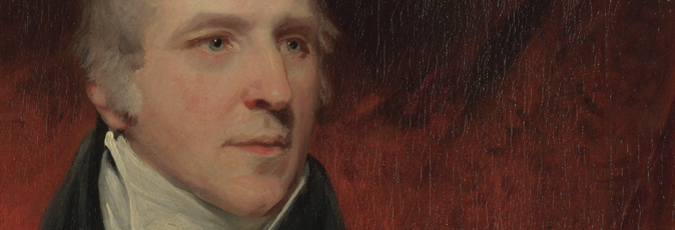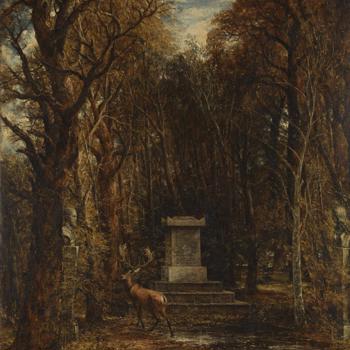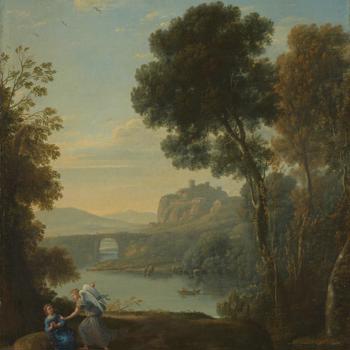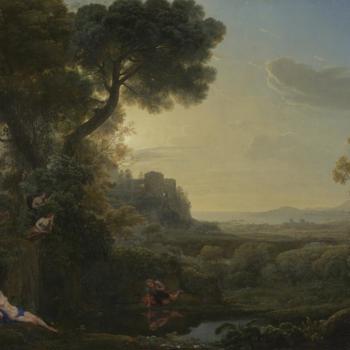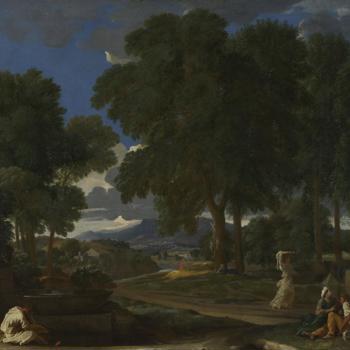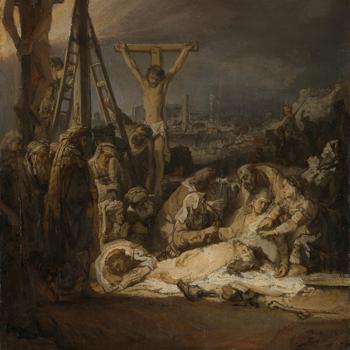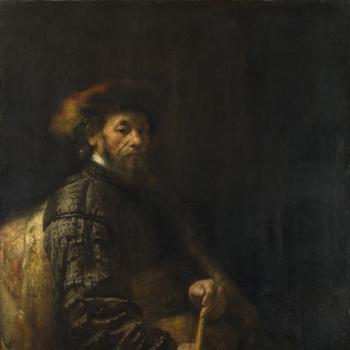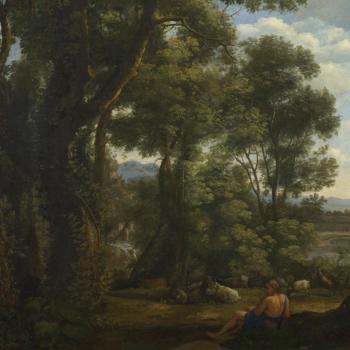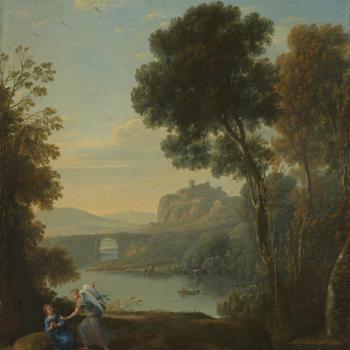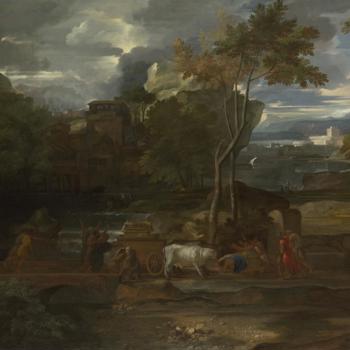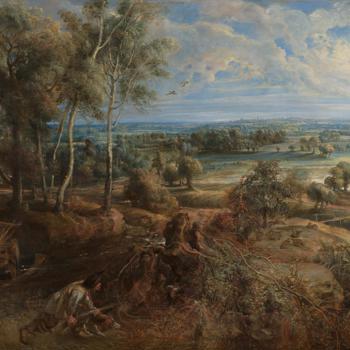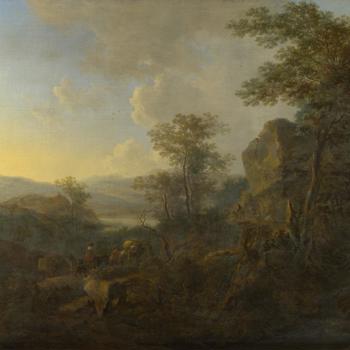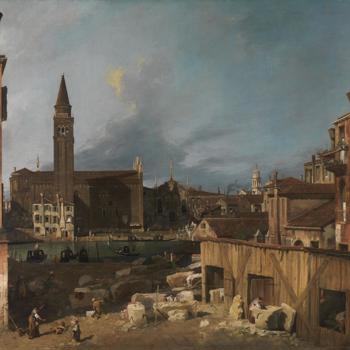Biography
Beaumont was Tory MP for Bere Alston in Devon between 1790-6. Thereafter he retired from politics to pursue his love of poetry and the fine arts.
Beaumont was a friend of the Lake Poets, especially of William Wordsworth whom he saw as a kindred spirit. He frequently lent Wordworth the use of his farm on his estate at Coleorton. Interestingly, where his interests in poetry were forward-looking, he was opposed to new trends in art.
Patronage and influence
Beaumont owned several different properties, which formed a backdrop to his patronage of the arts. He inherited a small estate at Dunmow, Essex from his landowning father (as well as the title of 7th Baronet in 1762). Meanwhile his wife inherited the lease on a house at 34 Grosvenor Square, which gave him a ‘bolt-hole’ in London. However, his main home became Coleorton Hall, Leicestershire.
Paintings
His interest in art started as a schoolboy at Eton College, where he had been taught drawing by the landscape painter, Alexander Cozens. He continued to paint throughout his life and went on numerous sketching tours of the Lake District and North Wales with his wife Margaret (née Willes). Despite the cool reception by critics to his early effort, 'A View of Keswick' (1779), he frequently exhibited at the Royal Academy between 1794 and 1825.
His own work owed its greatest debts to Cozens, Richard Wilson, and Thomas Hearne. Examples are preserved in the New Walk Museum and Art Gallery, Leicester. The remainder of his works passed to his descendants.
Arbiter of taste
Through his own artistic efforts, as well as his purchases of Old Masters and his patronage of living British artists, he became the leading arbiter of taste. He had responsibilities to several committees which spread his influence, including the monuments committee for St. Paul’s Cathedral. He was also the founding director of the British Institution, established in 1806.
Beaumont and British art
The first paintings he collected were by living British artists. He again turned to active patronage of a younger generation after 1800. Notably, having purchased David Wilkie’s 'Blind Fiddler' in 1806 (London, Tate) he played a leading role in launching that artist on a successful career in London.
Among the artists whom Beaumont welcomed to study his collection was the young John Constable. One such visit resulted in Constable’s lyrical painting of the Cenotaph to Memory of Sir Joshua Reynolds, which had been erected in the grounds at Coleorton.
As a keen defender of the academic ethos of Reynolds, Beaumont opposed anything which he saw as threatening to the canon of the Old Masters – hence his opposition to the radical colouring of J.M.W. Turner.
After becoming the butt of the satirical ‘Catalogues Raisonnes’ in 1815-6, Beaumont temporarily retired from his leading position in the art world.
Collecting Old Masters
Beaumont’s interest in the Old Masters was stimulated partly by his friendship with Reynolds, and also by undertaking a Grand Tour with his wife in 1782. For the next 20 years he devoted his relatively modest income to purchasing Old Master pictures.
One of his earliest buys, in 1785, was Claude Lorraine’s A Landscape with Hagar and the Angel. It remained his favourite. He would take it with him when he travelled in a specially-designed case.
He also developed an interest in Flemish and Dutch painting, which came out of his friendship with Uvedale Price, the principal promoter of the Picturesque Movement.
A visit to Italy in 1821 reactivated Beaumont’s purchasing instincts and he bought Michelangelo’s 'Taddei Tondo', which he later gave to the Royal Academy. To accommodate his growing picture collection, Beaumont had a picture gallery added to his house in 1792.
The Beaumont Gift
It was his visit to Italy in 1821 which convinced Beaumont of the need to educate public taste. He began to campaign vigorously for the creation of a national gallery. He offered 16 of his paintings to the nation on the condition that the British Government would buy the collection of John Julius Angerstein and that a suitable building be found to display the pictures.
When Angerstein’s collection came up for sale in 1824, Parliament responded to Beaumont’s offer and bought 38 of the Angerstein pictures. The National Gallery opened in 1824 (in Angerstein’s town house). Beaumont’s paintings entered the collection two years later.

